The lifespan of a dehumidifier is a common concern among its users. Thankfully, a moisture extractor isn’t an appliance that you often need to invest in; a top-quality dehumidifier typically lasts 9 to 11 years.
Unfortunately, some units can get damaged prematurely, particularly due to poor maintenance, calling for a replacement. Also, misuse contributes significantly to your unit’s reduced lifespan.
Below we will discuss some of the ways you can prevent the dehumidifier from premature damages.
Preventing a Dehumidifier’s Untimely Breakdown
While it’s advisable to replace a malfunctioning or damaged dehumidifier, you must remember that a high-quality appliance will cost you a small fortune. Repairing the unit with the help of a professional is also quite expensive.
To avoid replacing a dehumidifier too soon or losing money through unnecessary repairs, you will want to adhere to the following tips:
Routine Cleaning
Ensure to schedule periodical cleaning for your appliance, which will go a long way in increasing its lifespan. If your dehumidifier isn’t functioning properly, among the obvious culprits is dust. You can wipe out the dust using a soft brush. Make sure to clean the intake and exhaust grilles, preferably using a vacuum cleaner with a brush attachment.
Also, ensure to clean the filter; modern filters come with an indicator light that will glow, possibly after 250 hours of operation, to remind you that cleaning is required. You may clean the filter with a vacuum cleaner or hose it down. Also, you will want to disinfect the filters regularly to prevent bacterial and mold growth.
While cleaning the unit, keep an eye out for damages. You may take advantage of the cleanup process to prevent minor damages from escalating.
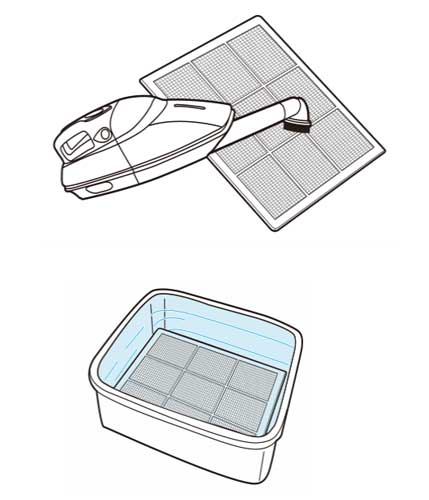
Replacing Worn Out Filters
Most dehumidifiers also function as air purifiers. They consist of an air filter that extracts airborne contaminants, including dust and pet dander, from your living environment. The filter also protects your unit’s internal components and ensures that it functions optimally in generating clean and healthy air.
However, the filter may wear out or get clogged with solid particles like pet hair and dirt with time. Unless your unit’s filter is washable, you will need to replace it regularly. Given that manufacturer’s terms and conditions vary across dehumidifier models, it’s important to check the user manual included in the purchase box for guidelines regarding when and how to replace the air filters.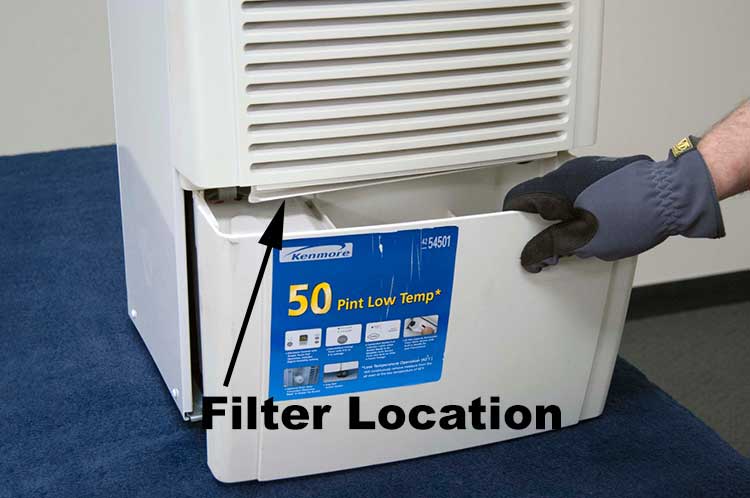
Regular Humidistat Adjustment
Some moisture extractor models come with a built-in humidistat that’s designed to determine the amount of moisture to be extracted from your surrounding air. Ideally, the relative moisture level in your home should be 30% to 50% during warm days. Your relative humidity should range between 30% and 40 % in winter, especially if you’re running a heater.
Ensure that your humidistat configurations are correct lest you overwork your unit and shorten its lifespan. If your moisture extractor lacks a built-in humidistat, you could hang a hygrometer close to the appliance to determine the level of humidity in your home. Once you achieve the recommended and desired moisture level in your room, you can lower the fan speed or switch off your unit to save energy.
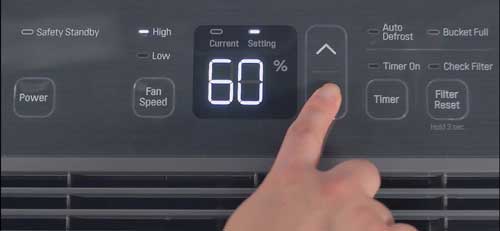
Don’t Short Cycle the Compressor
Among a dehumidifier’s vital components, particularly refrigerant units, is the compressor. You should wait for at least 10 minutes before turning your machine off and back on lest you risk overheating the compressor or even tripping the circuit-breaker. The elapsed period affords the pressure in the dehumidifier a chance to equalize, and hence reducing the chances of damaging the compressor.
Some dehumidifiers boast an automatic start-delay mechanism, which protects your unit’s compressor from short-cycle damage.
Ensure Appropriate Placement
For optimal air intake and exhaust, place your appliance clear from walls, curtains, and furniture, among other objects capable of causing an obstruction. A moisture extractor that has to work around things like cabinets and bicycle racks can easily overheat and suffer premature failure. Ideally, you should create a space of at least 6 to 15 inches.
Also, ensure that all the windows and doors are closed; otherwise, your unit will work extra hard to achieve your desired humidity levels, and thus overburdening the compressor.
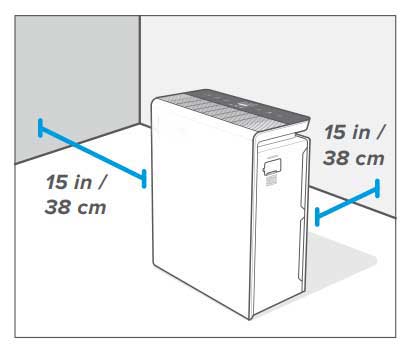
Don’t Overwork Your Dehumidifier
When it comes to how long you should keep your moisture extractor running, the answer depends on various factors, including your unit’s capacity, the size of the space you’re dehumidifying, and your room’s humidity levels. This is yet another reason why you need a hygrometer.
Before investing in a dehumidifier, take room size and humidity levels into consideration lest you buy an appliance that’s too small. Purchasing a moisture remover with a small capacity to dehumidify a large room will overtask the unit and cause premature breakdown.
Inspect the Coils
If you run a dehumidifier in freezing rooms, the in-built condenser or cooling coils may accumulate frost. This will affect your unit’s operations negatively. If you notice any malfunctioning or frost build-up, check with your user manual for the recommended solution.
Coils may also accumulate dust over time. Clean them at least once a year with a soft-bristle brush or a vacuum cleaner.
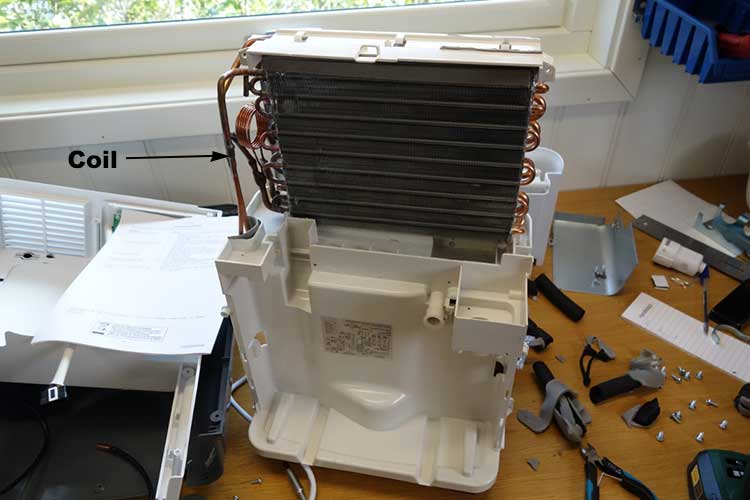
Tip: It’s advisable to invest in a unit with an auto-defrost function, especially if you reside in a region that constantly experiences low temperatures.
Note:
Before attempting any adjustments on your unit, it’s important to refer to the manufacturer’s guidelines normally included in the purchase box. Most dehumidifiers come with a warranty that protects the appliance against the manufacturer’s defects only.
Therefore, be sure to follow the instructions regarding cleaning and maintenance to the letter. Otherwise, your right to return the unit in the event of a malfunction could be voided.
Bottom Line
Dehumidifiers are vital appliances in your home, which will typically serve you for 5-10 years efficiently. However, you need to maintain these appliances to maximize their effectiveness and increase their lifespan. Some of the vital maintenance chores include washing and replacing the filters, cleaning the exhaust grilles, and condensing coils.
Also, refrain from overworking your unit by tasking it to dehumidify a room that’s too large or placing it near obstructions. More importantly, you will want to familiarize yourself with the distinctive features of your dehumidifier, which will allow you to care for its specific requirements with precision.
